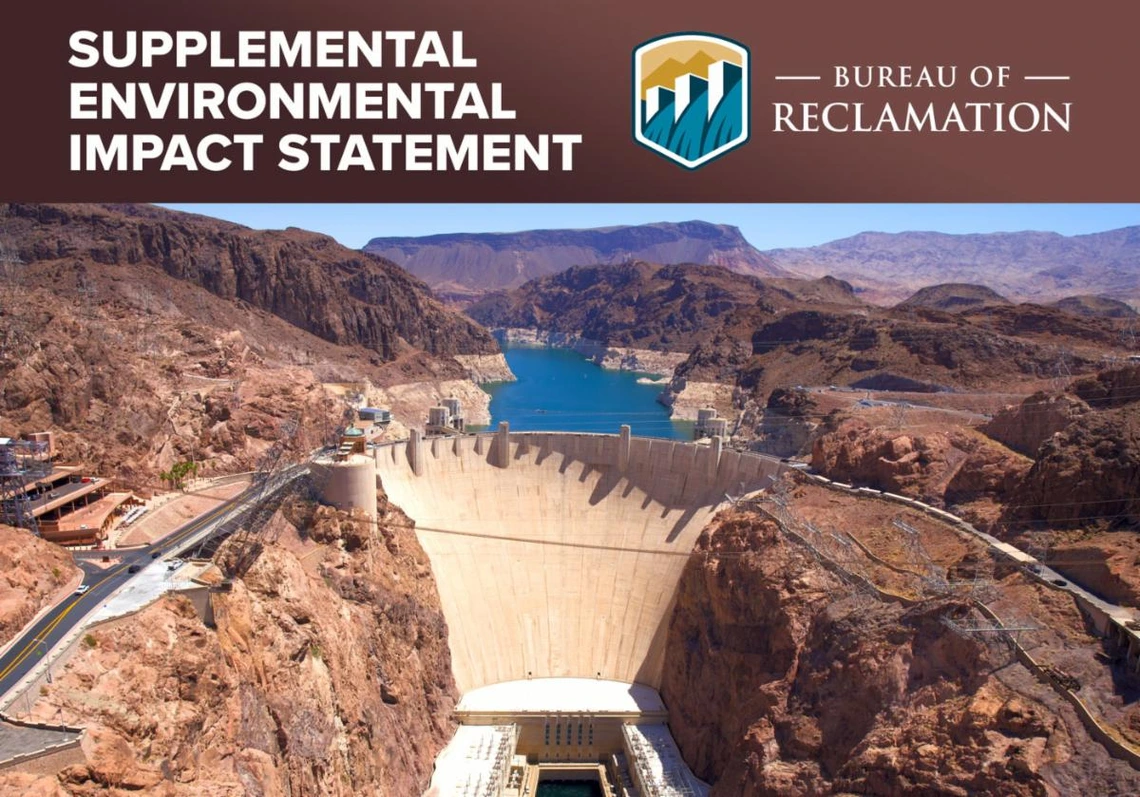Reclamation Proposes Plans to Address Colorado River Crisis

Image: pexels.com, Hoover Dam on the Colorado River
On Tuesday, April 11, the Bureau of Reclamation (Reclamation) released a draft Supplemental Environmental Impact Statement (SEIS) for Near-term Colorado River Operations. The plans outlined in the draft SEIS revise the current interim operating guidelines for the management of the two largest reservoirs in the Colorado River system: Lake Mead and Lake Powell. These guidelines were established in 2007 to manage system shortages and have been augmented by emergency actions including the 2019 Drought Contingency Plan. The Colorado River system supplies water to over 40 million people, irrigates almost 5.5 million acres of agricultural land, and supplies hydropower to eight states. However, historically low water levels in Lake Powell and Lake Mead and the threat of “deadpool” conditions require additional actions to protect the system through 2026, when the interim operating guidelines expire. The draft SEIS proposes three alternatives, including a third “no action” alternative. Alternative 1 distributes Colorado River water reductions according to established water rights priority. Alternative 2 distributes reductions evenly amongst all lower basin water users. Reclamation will publish the draft SEIS in the Federal Register on April 14, initiating a public comment period before the final assessment is due this summer.
The draft SEIS is “the product of ongoing engagement with the Basin states and water commissioners, the 30 Basin Tribes, water managers, farmers and irrigators, municipalities and other stakeholders,” said Reclamation Commissioner Camille Calimlim Touton in Tuesday’s press release. The 'no action' alternative, which is required by the National Environmental Policy Act, would see shortage management continue under existing agreements. Alternative 1 models additional shortages “based on the concept of priority.” Under this alternative, Nevada and Arizona would bear the brunt of shortages. Alternative 2 models the same quantity of reductions as Alternative 1; however, rather than basing distribution of cutbacks on priority of rights, shortages would be distributed in the same percentage “across all lower Colorado River mainstream water users.” This approach shifts the heaviest burden from Arizona but imposes an increased burden on agricultural users in California dependent on Colorado River water.
Basin states still have time, however, to agree on an alternative plan to propose to Reclamation. In a New York Times article on April 11, WRRC Director Sharon B. Megdal commented on the possibility of states reaching an agreement, noting that Reclamation has now shown it is ready to act. According to Megdal, it will be up to the states to propose a better alternative: "[Reclamation is] showing that they will tell states what to do. It will now be up to the states to say, well, we have a better idea – and here it is."

